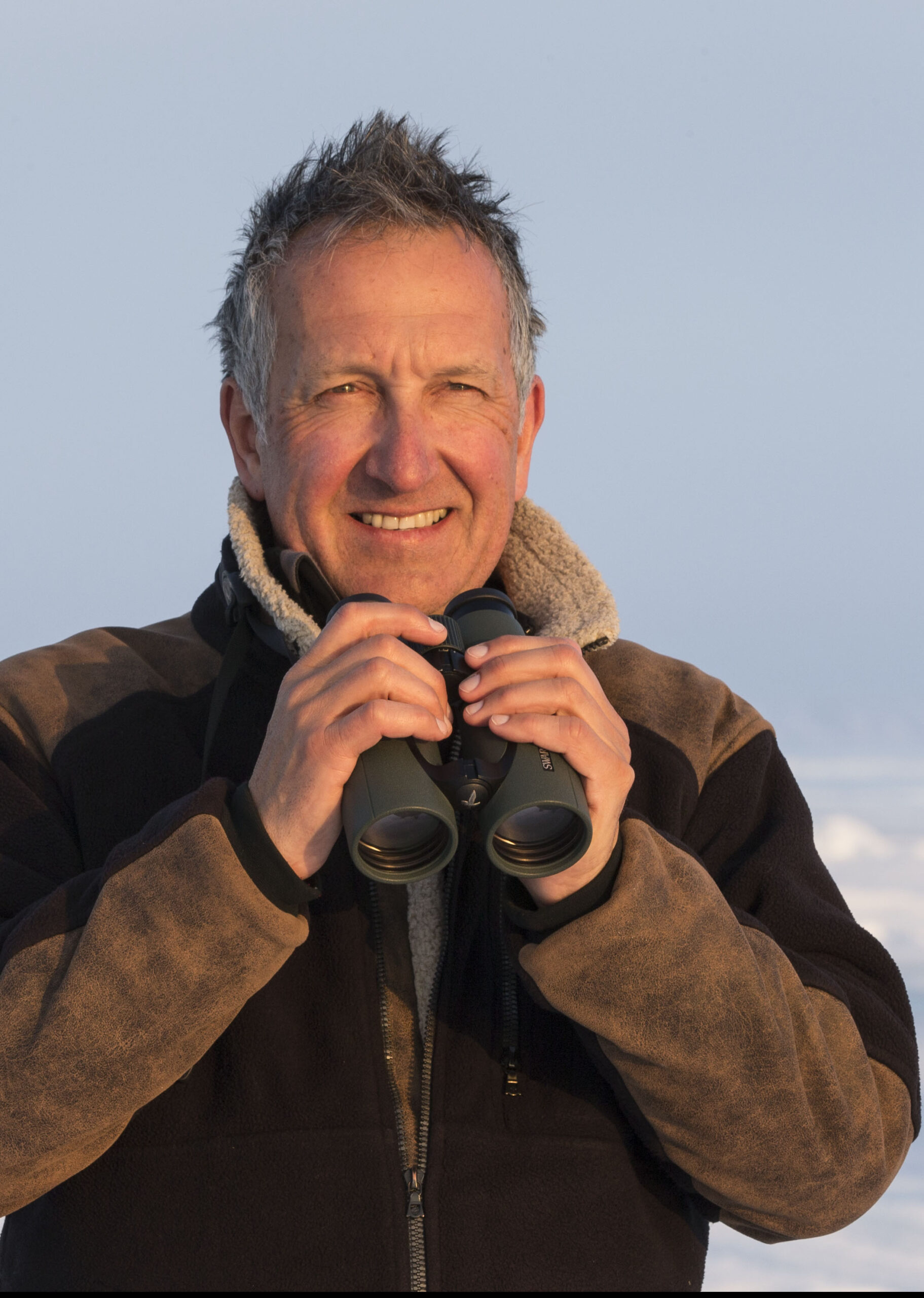Learn more about the Ramsar Convention and the work that it does internally between governments to conserve wetlands and their resources.
What is Ramsar?
The Ramsar Convention is an international treaty for the conservation and wise use of wetlands. It is named after the Iranian city of Ramsar, on the Caspian Sea, where the treaty was signed on 2 February 1971. Known officially as ‘the Convention on Wetlands of International Importance especially as Waterfowl Habitat’ (or, more recently, just ‘the Convention on Wetlands’), it came into force in 1975. It currently has 169 Contracting Parties, or member states.
What exactly is a wetland?
According to the Convention, wetlands include almost any habitat where water is key to the environment and its wildlife. It can be natural or artificial, permanent or temporary, and with water that is static, flowing, fresh, brackish or salt. Anywhere from estuaries, lakes and rivers to underground aquifers, mangroves, coral reefs and rice paddies count.
Who is in charge of Ramsar?
Day-to-day co-ordination is carried out by the Ramsar Secretariat, at the headquarters of the International Union for Conservation of Nature (IUCN), in Gland, Switzerland. But big decisions are made at the triennial conference of the member states, during which government representatives discuss progress and make plans; the 13th conference takes place in Dubai, in the United Arab Emirates, in 2018.
Are ANY other organisations involved?
Yes. Six main NGO partners (BirdLife International, the IUCN, the International Water Management Institute, Wetlands International, WWF International and the Wildfowl & Wetlands Trust) advise, help implement field studies, and provide in-kind support; many other organisations are involved to varying degrees. In addition each member state designates a government body to be responsible for implementing the Convention at the national level.
What do member States have to do?
The member states’ main commitments are: to designate at least one site as a Wetland of International Importance (a ‘Ramsar site’) and promise to look after it; to make wetland conservation part of their national land-use planning; and to co-operate with other countries that share their wetlands or wetland wildlife. They are also expected to train wetland researchers, managers and wardens, for example, and to contribute to the core budget of the Convention.
Is the UK a signatory?
Yes, the Convention entered into force in the UK in 1976. The Joint Nature Conservation Committee (JNCC) – the government adviser on nature conservation – is responsible for its implementation.
How many sites are there in the UK?
More than any other member state, though they tend to be relatively small. Currently we have 154 sites, as well as another 16 in our Overseas Territories and Crown Dependences, covering nearly 13,000km2. These include the Severn Estuary, Minsmere, Rutland Water, the Firth of Forth and, in the South Atlantic, Gough Island. For comparison, the US has 38 sites totalling 18,600km2.
Does Ramsar work?
Today, the Convention has 2,241 listed wetlands – from the Camargue to the Pantanal – covering 2.14 million km2, an area larger than Mexico. These range in size from Île Alcatraz in Guinea (1ha) to Llanos de Moxos in Bolivia (69,000km2), and the level of protection varies greatly. Though Ramsar has no teeth (it cannot punish member states for violations), it is often instrumental in protecting sites under threat. And it has raised the profile of wetland conservation immeasurably.
What next?
Some countries – including Somalia, Saudi Arabia and Singapore – are yet to sign, and many more wetlands need to be listed. World Wetlands Day is celebrated on 2 February every year, to mark the signing of the treaty and to raise awareness.
